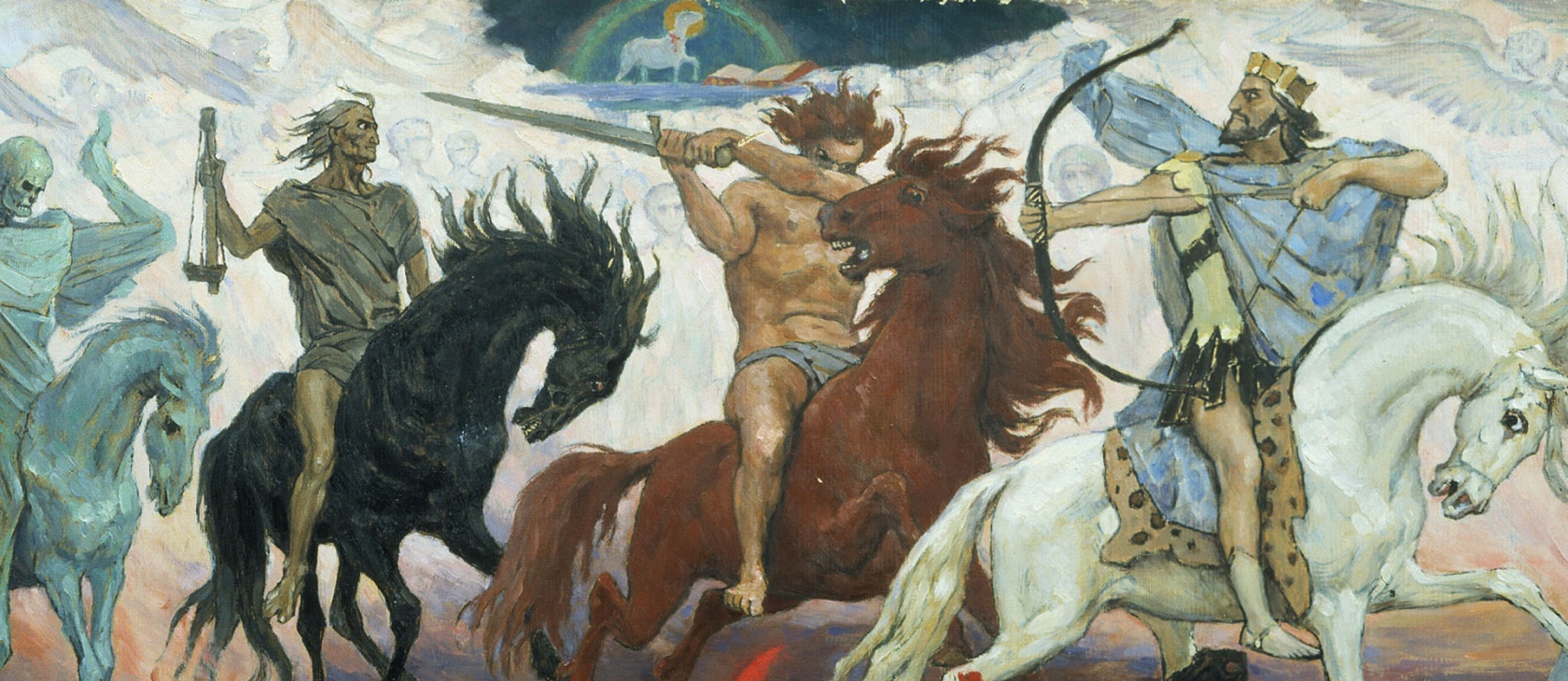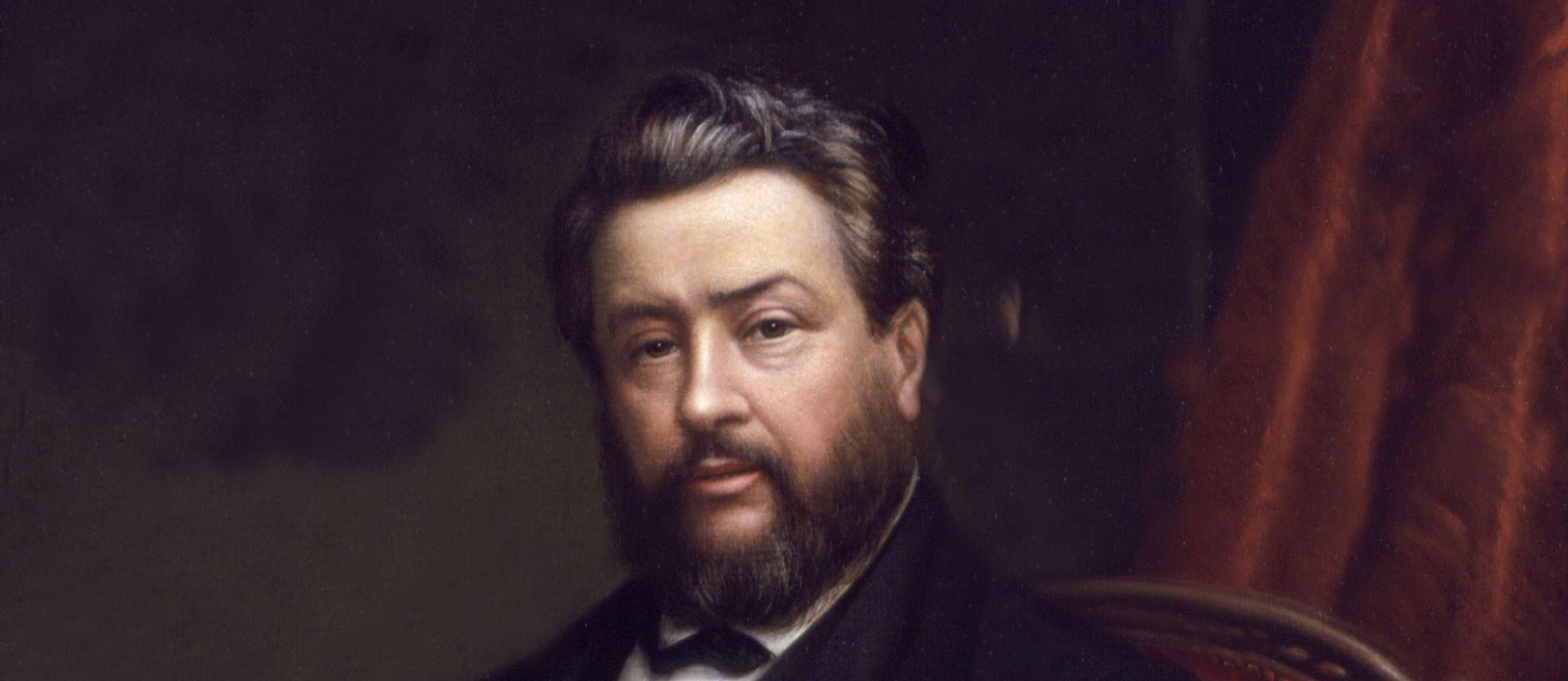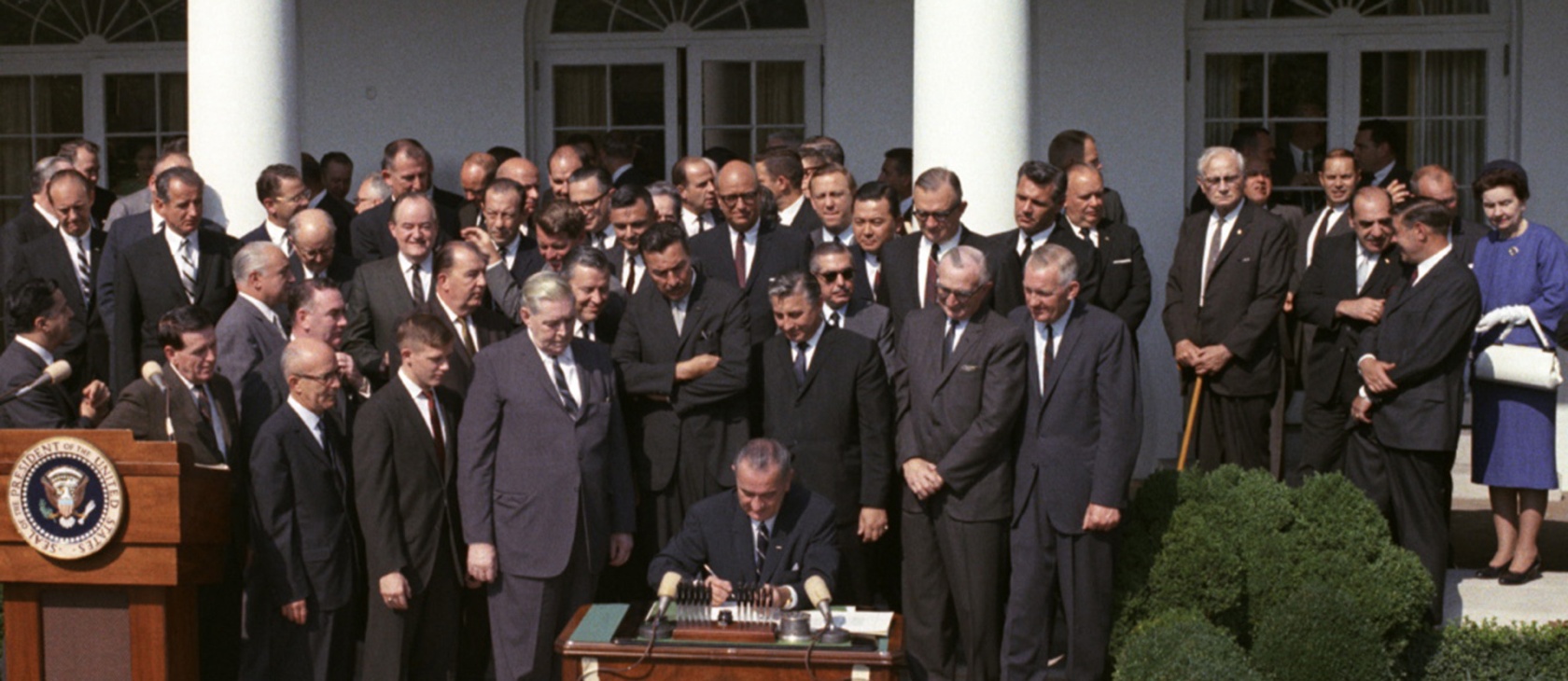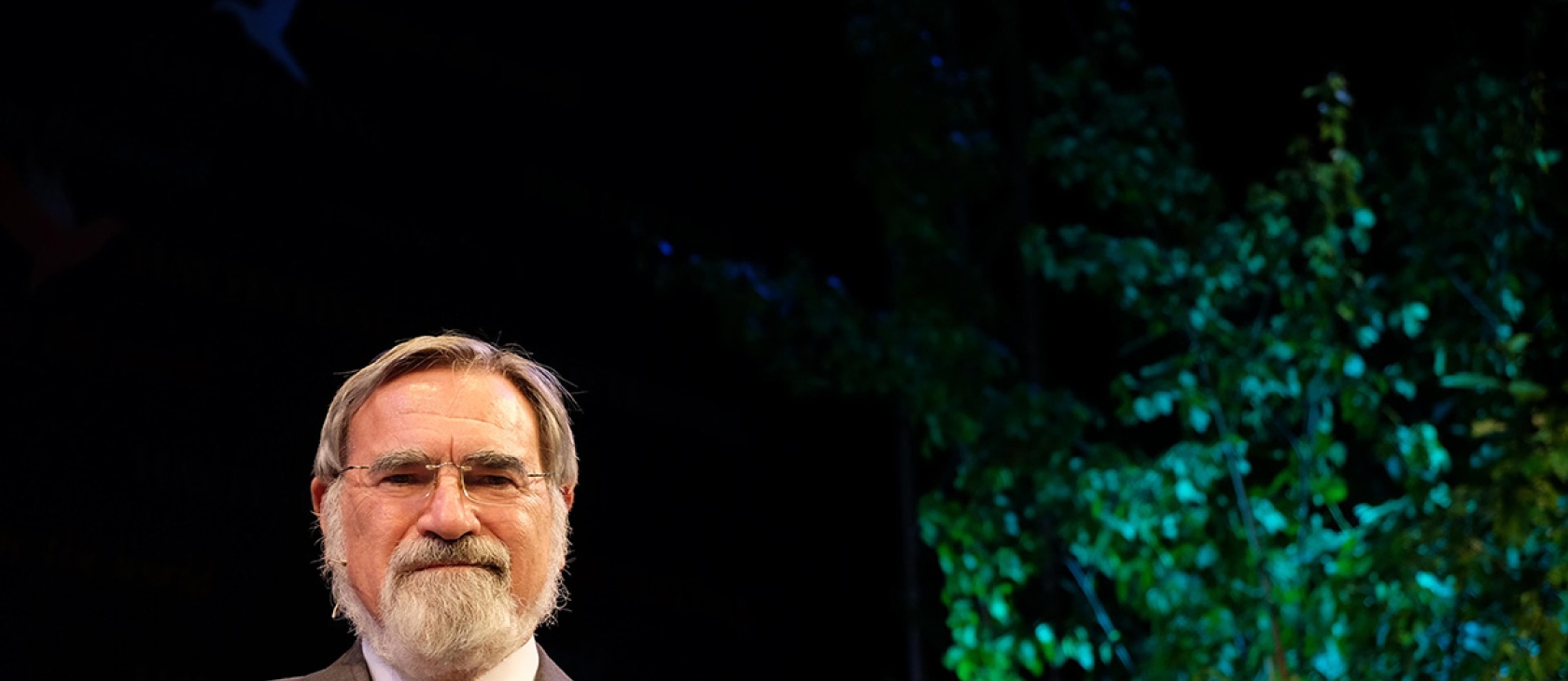


Whether we like it or not, Americans, in one way or another, have all been indelibly shaped by dispensationalism. Such is the subtext of Daniel Hummel’s provocative telling of the rise and fall of dispensationalism in America. In a little less than 350 pages, Hummel traces how a relatively insignificant Irishman from the Plymouth Brethren, John Nelson Darby, prompted the proliferation of dispensational theology, especially its eschatology, or theology of the end times, among our ecclesiastical, cultural, and political institutions, even reaching to the American presidency. Indeed, hardly anyone living through the ’90s and 2000s could have missed the dispensational “rapture” doctrine—made popular in Tim LaHaye and Jerry Jenkins’ Left Behind series—whether or not they had ever heard the term “dispensationalism.” The appellation, Hummel notes, was originally coined in 1927 by one of dispensationalism’s early critics, Philip Mauro, who ironically, a couple decades earlier, had been a great champion of dispensationalism.
One of the most popular and influential movements within evangelical and fundamentalist Christianity is on the decline. The end times aren’t what they used to be.
The Rise and Fall of Dispensationalism: How the Evangelical Battle over the End Times Shaped a Nation
By Daniel G. Hummel
(Eerdmans, 2023)
As the title of Hummel’s book suggests, The Rise and Fall of Dispensationalism: How the Evangelical Battle over the End Times Shaped a Nation recounts a tragedy of sorts. The rise of dispensationalism, according to Hummel, began during a time in America and Great Britain when the eschatological landscape was decidedly postmillennial, an optimistic view of the church in its relation to society that posited a golden millennial age before Christ’s ing. Darby, not nearly as sanguine about the prospects of the world or church, advanced a decidedly pessimistic eschatology, embracing what Hummel calls “new premillennialism,” or what ended up being called “dispensationalism.” Hummel contrasts Darby’s position with the old chiliastic position, wherein the former sharply distinguished between OT Israel and the NT church, divided the history of the world in accordance with the various ways God interacted with humanity (terming these divisional periods “dispensations”), and insisted on an imminent rapture—a catching up in the air of true Christians to meet with Christ before God’s wrath befell those “left behind.” At the end of Rise and Fall, there is a short glossary for those who have trouble following all of Hummel’s taxonomical lingo.
Hummel argues that Darby’s new premillennialism was both nurtured as well as substantially modified by the American context within which it was bred. Hummel points monsense realism, a philosophical position especially popular in America, as providing the soil in which dispensationalism could flourish. A biblical literalism that, for instance, insisted on the kingdom of heaven and the kingdom of God as denoting two different kingdoms fit a scientific age in which Darwinianism was increasingly dominant, as both treated God’s two books—nature and Scripture—as material to be scientifically analyzed. Dispensationalism’s simple, biblical hermeneutic was coupled with a generally quietist approach to politics, particularly as dispensationalism moved into the postbellum South.
Hummel expresses dissatisfaction with the idea that gospel preaching and conversion to Christianity could be the antidote to social ills.
Hummel makes much of the Southern Presbyterian doctrine of the spirituality of the church—limiting the work of the church to spiritual matters such that political questions, like slavery, are relegated to politics—as a convenient doctrine whereby dispensational leaders like Dwight Moody could overlook racism for the sake of soul-winning. Hummel describes Moody’s program as “premised on bracketing existing racism and discrimination, ignoring the rise of racial segregation regimes in the South, and rekindling fellowship and brotherhood with secessionists and advocates of Jim Crow.” Throughout the book, Hummel expresses dissatisfaction with the idea that gospel preaching and conversion to Christianity could be the antidote to such social ills, and this is presumably what folks like Moody had in mind when they prioritized evangelism over knotty political and social problems. Pat Robertson is quoted later in the book as insisting that the “principles of the Kingdom of God … are so revolutionary that they can change government, education, and social life.” For evangelicals like Moody (and perhaps less so with Robertson), social problems were not to be solved by top-down governmental intervention. Instead, the very nature of preaching the gospel, coupled with the subjectively appropriated new birth, was presumed to entail a new life of repentance and love, which would undoubtedly undermine social and political sins such as racism as the gospel advanced. In other words, governmental programs were not going to fix racial conflict; only a regenerate heart could be the ultimate cure. In fact, the government, as Hummel acknowledges in numerous places, was often deemed by dispensationalists as one of the contributing factors to America’s spiritual malaise. Undoubtedly, there was a tension here among the more missions-oriented dispensationalists like Moody and the nationalist wing of dispensationalism led by pastors such as J. Frank Norris. Yet Hummel gives a rather unsympathetic interpretation of both of their approaches.
Dispensationalist “Chart of the Ages,” designed by A. E. Booth (1930)
Hummel charts how dispensationalism arose in the latter 19th and early 20th century via parachurch organizations, various Bible and prophecy conferences, and especially by means of books and pamphlets that catered to laity and ministers rather than academics. No dispensational publication had a greater effect on American Christianity than C.I. Scofield’s Scofield Reference Bible, originally published by Oxford University Press. Such was its importance that as a student at the Moody Bible Institute, one of my dispensational professors expressed amusement at the fact that when he traveled in the South and visited various Presbyterian and Reformed congregations, many of the older parishioners still brought their Scofield Bible to Sunday worship. Scofield’s Bible gave laity the sense that they could understand the Bible—even obscure apocalyptic literature—all in accordance with the dispensational categories laid out by Scofield.
After the publication of Scofield’s Bible, dispensationalists became leaders in the fundamentalist-modernist controversy, publishing The Fundamentals—short essays in defense of the various “fundamentals” of the Christian faith (e.g., the virgin birth and substitutionary atonement). Dispensationalism as a movement was always fundamentalist at its core, attempting, though not always successfully, to reach across Protestant denominational aisles with its unique eschatological perspective. Fittingly, the various Bible institutes and other parachurch organizations that arose in this period all emphasized inerrancy and the miraculous nature of biblical events, along with a strong disdain for evolution and liberal Christianity but coupled those with an insistence on the imminent return of Christ and premillennialism. Because of the lack of anything more confessionally sustainable than conservative Christianity plus an eschatological twist, it is no surprise that Hummel found it necessary to taxonomize all the different stripes of dispensationalists, whether they be pop dispensationalists, revivalist dispensationalists, nationalist dispensationalists, or scholastic dispensationalists. Throughout Hummel’s narrative, he weaves together the story of dispensationalism within the context of broader Christian movements, social questions, and even politics. In fact, the book is arguably the story of white (as he calls it) fundamentalism on through to the present. Rise and Fall even covers a whole host of various Reformed and neo-evangelical responses to dispensationalism.
Cover detail of the 1917 Scofield Reference Bible
Hummel argues that dispensationalism was at its height when scholastic dispensationalists such as Lewis Chafer, Charles Ryrie, and John Walvoord were writing theological works in exposition and defense of dispensational theology and founding various theological institutions. This was the period when Dallas Theological Seminary and the dispensational academic journal Bibliotheca Sacra were most influential in broader evangelicalism. Dispensationalism during the middle of the 20th century had pete against not only continued threats of liberalism from within Protestantism but also a carved-out space among its neo-evangelical and Reformed critics. Hummel’s Rise and Fall includes a few very helpful charts summarizing the various pockets of dispensationalism within fundamentalism or evangelicalism.
The scholastic influence of dispensationalism on broader evangelicalism, as Hummel chronicles, did not last, owing to what he calls pop dispensationalism. Pop dispensationalism, which began in earnest with Hal Lindsey’s bestseller The Late Great Planet Earth, initially sought to apply dispensational eschatology to current events, such as the Cold War. Hummel argues that this was the eschatology of dispensationalism untethered from the ecclesiological distinction between the church and Israel, along with a general disregard for dispensationalism’s literal reading of Scripture. The rise of pop dispensationalism put dispensational eschatology into mainstream American thinking but gutted it of all its core foundations, leaving a hollowed-out variant doomed to die. This “reduced version of dispensationalism,” as Hummel describes it, permeated the new religious right of the latter part of the 20th century but lacked any sort of staying power, as scholastic dispensationalism fractured from within. Such fractures were most evident in the rise of progressive dispensationalism, which moved closer toward the covenant theology of the Reformed tradition, while new battle lines formed as popular dispensational preachers like John MacArthur attacked his fellow scholastic peers on their perceived antinomian doctrine of saving faith and joined forces with those more sympathetic to classic Reformed theology.
No dispensational publication had a greater effect on American Christianity than C.I. Scofield’s Scofield Reference Bible, originally published by Oxford University Press.
Hummel makes much of the way various changes in mass media—in the form of books, music, and video—contributed both to the rise of dispensationalism as well as its demise, but it is noteworthy that dispensationalism never moved beyond being a parachurch movement. Although, during the 20th century it did seep into nearly every major evangelical denomination—after all, Scofield himself was a part of the southern Presbyterian wing of the mainline—it never really gained confessional status. Apart from some relatively minor denominations, a full-orbed dispensationalism never took root. Pop dispensationalism could feed off, and still does, portrayals of the end times as providing the key to our current political problems, nationally or internationally, yet scholastic dispensationalism needed confessional and denominational backing. Ultimately, most dispensationalists treated their eschatological outlook like an appendage to a thicker theology, rather than a necessary distinctive. Because of this, it is no wonder that dispensationalism has not endured in theological institutions and evangelical denominations.
Dispensationalism is one of those theological movements that most Christians have heard of but cannot quite figure out. Hummel’s Rise and Fall is certainly the definitive survey of dispensationalism as an evangelical and fundamentalist movement, not to mention a dizzying array of other closely associated factions of modern evangelicalism. Readers who wish to understand all of dispensationalism’s theological nooks and crannies will be somewhat disappointed, but the bibliographical essay at the end of the book not only highlights Hummel’s own knowledge of the relevant primary and secondary literature but also provides eager students of dispensationalism and American evangelicalism a wealth of reading material. Mark Noll’s foreword gives the impression that the original title to Hummel’s book was Rightly Dividing Dispensationalism, playing off the title of Scofield’s pamphlet expositing an early version of dispensationalism and 2 Tim. 2:15. Hummel’s Rise and Fall does an excellent job at that!









